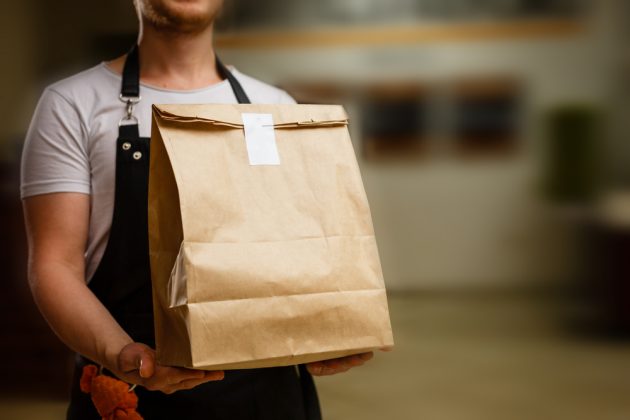RIO DE JANEIRO, BRAZIL – Deadly for some, opportunity for others. The covid-19 crisis pushed many small and medium businesses to sell online; the same push affected millions of consumers, who, driven by fear or need, made electronic commerce their ally.

Since last year Mexico is one of the countries in the world with the highest growth in e-commerce, with an advance rate of between 30 to 35 percent; only in 2020, two out of every 10 brands and businesses have experienced growth of more than 300 percent; by 2021, 19 percent of these foresee that e-commerce will represent more than 30 percent of their total sales.
“We have been working for many years to promote electronic commerce in Mexico, but the covid-19 arrived to unusually accelerate a movement that had started 20 years ago,” said to MILLENNIUM Pierre-Claude Blaise, the CEO of the Mexican Association of Online Sales (AMVO).
11 years ago Pierre-Claude arrived in Mexico as Marketing Director for Nestlé Latin America, but after four years the Frenchman was to be relocated back to Europe. He preferred to stay in the country and move towards the digital economy, so today it is a key piece of electronic commerce in the country.
In the manager’s opinion, even though Mexico is one of the few countries in which digital commerce has broad competition, as it has global players in the market –Amazon, Walmart and eBay-; regional -Mercado Libre-; and local –Coppel, Elektra, Liverpool and Palacio de Hierro, among others-; The pandemic was a major challenge for vendors in supply issues.
Collaboration
Pierre-Claude affirmed that it was from the lessons learned at the beginning of the pandemic that e-commerce players managed to arrive well prepared for the happy ending.
Thus, he explained, the quarantine and social distancing protocols that were implemented in England were replicated two weeks later in Mexico, when in other times, the adoption of global practices would have taken months to be brought to Mexico.
In November 2002, SARS-CoV appeared for the first time in China; after this virus, electronic commerce in the Asian country soared. For Pierre Claude-Blaise, Mexico is experiencing an opportunity to replicate this event.
To do this, he stated that it is necessary to find new ways to give Mexicans access to payment methods without the need to open a bank account. On the logistics issue, he considered that there are several bottlenecks because there are more companies that are dedicated to making shipments and the postal service Correos de México is not playing the role that mail is playing in France or the United States.
In addition, he affirmed that measures are required against those who commit cybercrimes, that young people be trained in the face of new job opportunities and that there is a regulatory framework adapted to the needs of that part of the economy.
In Mexico, 95 percent of the population prefer to pay in cash, while 70 percent of cardholders also favor this form of payment. For the AMVO director, the country must have a public policy that encourages digital purchases, in the same way that countries like Uruguay have done.
He pointed out that the association has held conversations with the different actors of the ecosystem to favor investments by logistics companies and creating work bridges between Mexico and other countries, in addition to promoting self-regulation.

